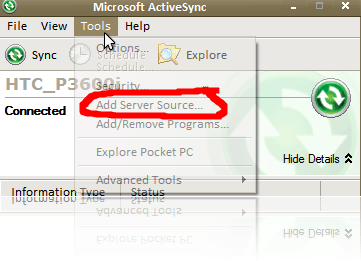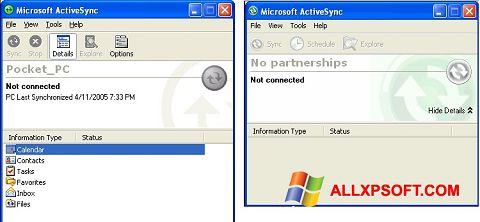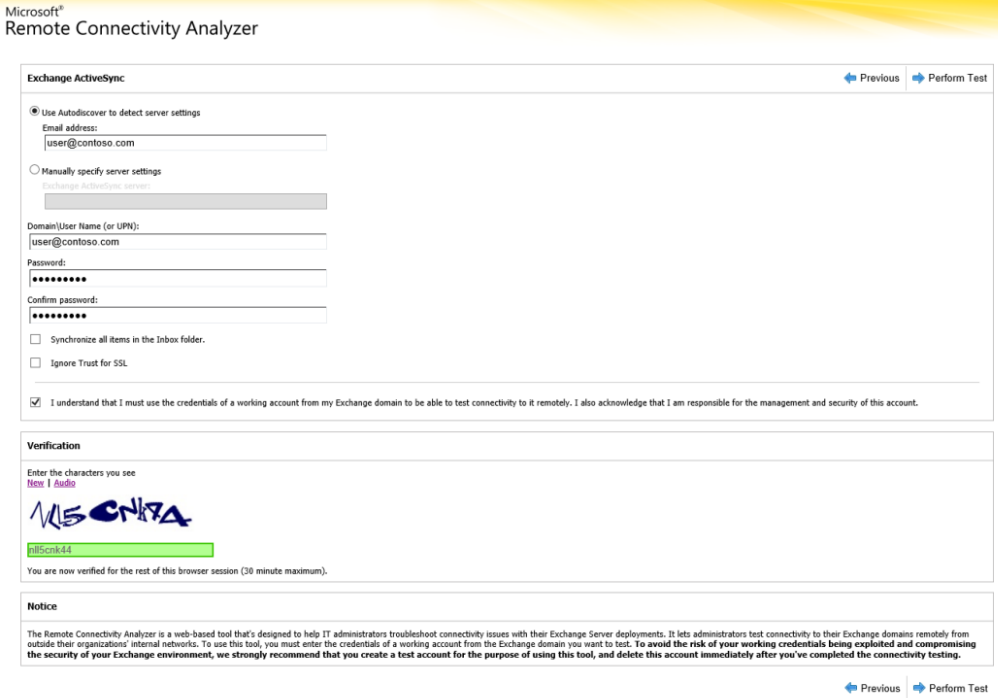Mar 19, 2019 To find Sync settings, select the Start button, then select Settings Accounts Sync your settings. To stop syncing your settings and remove them from the cloud, turn off synced settings on all the devices connected to your Microsoft account, and then go to the Devices page, select More actions for the device you want to manage, and then. Exchange ActiveSync is an Exchange synchronization protocol that's optimized to work together with high-latency and low-bandwidth networks. The protocol, based on HTTP and XML, lets mobile phones access an organization's information on a server that's running Microsoft Exchange. Overview of Exchange ActiveSync. Update your Ford SYNC version to receive the latest infotainment software features and bug fixes. Key features vary by SYNC version, these may include: Enhanced voice recognition, Apps at your command, Easy destination entry, Automatic updates over Wi-Fi and Android Auto or Apple Carplay.
| Developer(s) | Microsoft |
|---|---|
| Initial release | September 10, 1996; 24 years ago |
| Stable release | 4.5.5096 / February 13, 2007; 13 years ago |
| Operating system | Windows 9x, Windows NT 4.0, Windows 2000, Windows XP |
| Successor | Windows Mobile Device Center and Zune Software |
| Website | www.microsoft.com/windowsmobile/activesync/default.mspx |
ActiveSync is a mobile data synchronizationapp developed by Microsoft, originally released in 1996. It synchronizes data with handheld devices and desktop computers. In the Windows Task Manager, the associated process is called wcescomm.exe.
Overview[edit]
ActiveSync allows a mobile device to be synchronized with either a desktop PC or a server running a compatible software product.
On desktops, ActiveSync synchronizes emails, calendar, contacts and tasks with Microsoft Outlook, along with Internet bookmarks and files. ActiveSync does not support all features of Outlook. For instance, contacts grouped into subfolders are not transferred. Only the contacts which are not in a subfolder are synchronized. In case of Exchange Server, only emails, calendar, contacts and tasks may be synchronized.

Microsoft Activesync 4.5
ActiveSync also provides for the manual transfer of files to a mobile device, along with limited backup functionality, and the ability to install and uninstall mobile device applications.
Supported mobile devices include PDAs or smartphones running Windows Mobile, Windows CE,[1] or BlackBerry 10 or iPhone but not the older BlackBerry versions, Palm OS and Symbian platforms. Windows Phone 7 doesn't support desktop ActiveSync synchronization.[2]
Starting with Windows Vista, ActiveSync has been replaced with the Windows Mobile Device Center, which is included as part of the operating system.[3]
Release history[edit]
| Version | Operating systems | Release date | Major changes |
|---|---|---|---|
| 1.0 | Windows 95 | 1996-09-10 |
|
| 1.1.7077 | 1997-03-19 |
| |
| 2.0 | Fall 1997 |
| |
| 2.1 | 1998-02 |
| |
| 2.2 | 1998-09 |
| |
| 3.0.0.9204 | 1999-08-16 |
| |
| 3.1.9386 | 1999-11-24 |
| |
| 3.1.9439 | ? |
| |
| 3.1.9587 | 2001-07-31 |
| |
| 3.5.1176 | 2001-08-06 |
| |
| 3.5.12007 | 2002-03-01 |
| |
| 3.6.2148 | 2002-11 |
| |
| 3.7.3083 | 2003-05-06 |
| |
| 3.7.1.3244 | 2003-10-10 |
| |
| 3.7.1.4034 | 2004-03-26 |
| |
| 3.8.0.5004 | 2005-01-06 |
| |
| 4.0.4343 | 2005 |
| |
| 4.0.4358 | 2005 |
| |
| 4.1.0.4841 | 2005-11-18 |
| |
| 4.2.0.4876 | 2006-06-06 |
| |
| 4.5.5096 | 2007-02-13 |
|

See also[edit]
- Software
- Devices
- Concepts
- Protocols
References[edit]
- ^'Exchange Server 2007 Support for Mobile Devices'. Microsoft Exchange portal. Microsoft. 27 March 2007. Archived from the original on 1 May 2008. Retrieved 20 November 2012.
- ^Lein, Adam Z. (17 September 2010). 'How to Sync Windows Phone 7 with Outlook'. Pocketnow. Archived from the original on 6 July 2013. Retrieved 20 November 2012.
- ^Snyder, Derek (2006). 'Windows Mobile Enterprise Features'(PDF). Mobile & Embedded DevCon 2006. Microsoft. Retrieved 20 November 2012.[dead link]
External links[edit]
Microsoft Active Sync Center
 -->
-->
The Microsoft Surface Hub's device account uses ActiveSync to sync mail and calendar. This allows people to join and start scheduled meetings from the Surface Hub, and allows them to email any whiteboards they have made during their meeting.
For these features to work, the ActiveSync policies for your organization must be configured as follows:
- There can't be any global policies that block synchronization of the resource mailbox that's being used by the Surface Hub’s device account. If there is such a blocking policy, you need to add the Surface Hub as an allowed device.
- You must set a mobile device mailbox policy where the PasswordEnabled setting is set to False. Other mobile device mailbox policy settings are not compatible with the Surface Hub.
Allowing the DeviceID
Microsoft Active Sync On Windows 10
Your organization may have a global policy that prevents syncing of device accounts provisioned on Surface Hubs. To configure this property, see Allowing device IDs for ActiveSync.
Microsoft Activesync Win7
Setting PasswordEnabled
Microsoft Activesync Windows 10
The device account must have an ActiveSync policy where the PasswordEnabled attribute is set to False or 0. To configure this property, see Creating a Surface Hub-compatible Microsoft Exchange ActiveSync policy.